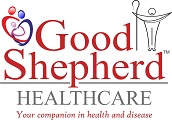Chest Pain is not only because of the heart. The heart is only one of the organs in the chest – in fact one of the most important of the human body.
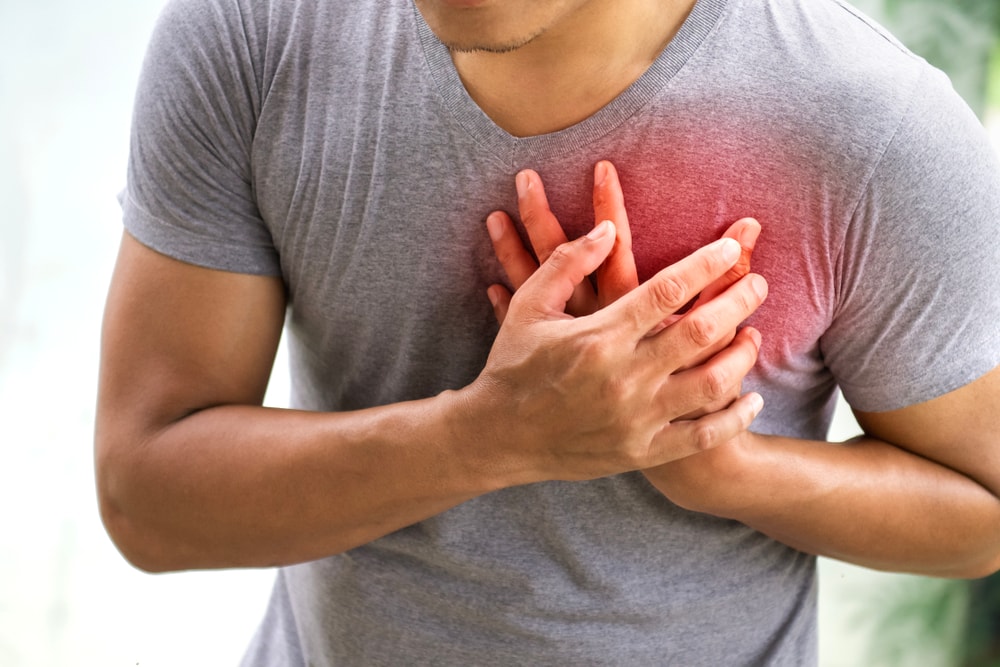
And therefore any chest pain leads to a lot of anxiety and even panic leading to sometimes avoidable investigations and treatment.
Heart is not the only resident of the chest. There are many more of them – the lungs, the food-pipe, the wind-pipe, the main blood vessels taking the pure blood from the heart and returning the impure blood to the heart. The last three along with the heart are contained in a passage-way known as the mediastinum which is also a location of some glands – thymus, lymph and even sometimes a thyroid.
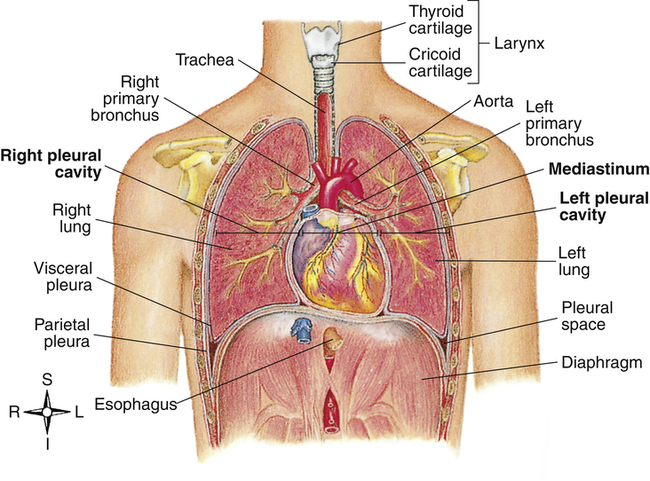
Pain resulting from a disease in any of the above structures as well as even the chest wall muscles and bones, can cause pain. These may vary from simple muscle pains and acid-reflux into the food-pipe, to serious conditions like lung cancer and a heart attack.
It would be safe to say that barely 3 – 5 percent of chest pains are due to a heart condition alone. And yes, one may have a heart disease without having chest pain.
How important is chest pain or breathlessness ?
Chest Pain, Breathlessness, Wheezing, Cough – either dry or with expectoration, Coughing of Blood (Hemoptysis), Difficulty in Swallowing, Hoarseness of Voice, and even Swelling of Feet are just some of the possible symptoms of chest disease.
A Cough may result from a number of causes ranging from a Common Cold to a Pneumonia and a Lung Abscess or Cancer. Similar diseases cause some of the other symptoms of chest disease
When should a chest disease symptom need a visit to a doctor ? Do you need to see a doctor for a Common Cold ?
A Common Cold usually lasts for three-odd days, and is associated with fever, a running nose and a cough. It is usually a viral infection. Any extension of the period beyond the expected duration, or severity – with yellow-sputum expectoration and / or
A sputum examination, fluid from chest cavity examination and even a biopsy are needed in some cases.
What are the treatments for chest disease ?
Treatment for chest disease depends on its cause and type. There are medical treatments for most chest disease, some need interventions – endoscopic or surgical in nature.
Except in cases of tumours, an expert and precise medical treatment generally avoids need for a surgical procedure.
In cases of a lung infection, a proper antibiotic prevents complications like a pneumonia – which needs hospital admission and treatment. If not treated adequately, it then forms a lung abscess or empyema (formation of pus either inside or outside breathlessness ; usually means a secondary bacterial infection or that the whole process is not a Common Cold. It is here that the Crocin-type medicine is unlikely to work. It needs something more. Antibiotics and investigations, a doctor visit is very much needed.
When do you need to see a Specialist ?
A local family doctor will handle most of the common simple complaints of chest disease. A Physician or Chest Physician will take care of the majority of the common chest complaints. But in 10 – 15 percent of cases, they will need an endoscopy to find out either the exact cause of the infection or similar chest disease. Again in 3 – 5 percent of all chest disease patients, some form of surgery will be required – either to remove an abnormal liquid or lung and even a tumour.
What are the tests needed to diagnose chest disease ?
A Chest Xray is usually the first and mostly the only radiological test needed for diagnosis of chest disease. We recommended one for every patient of chest disease needing to visit a doctor for the first time.
It is not expensive but a very important test. It is for this reason that it is made a component of most ‘Health-Check-Up’ programmes.
A CT Scan is sometimes necessary to obtain additional details in complicated cases.
An endoscopy of the airways – Bronchoscopy, is necessary in some cases to either get a specimen for diagnosis or for treatment. the lung). Both these conditions need interventions to remove the pus – either by endoscopy or by surgery.
Are there any special differences in our treatments ?
Endoscopic, Minimal-Access and Minimally-Invasive Chest Surgery techniques form the basis of our treatments under Dr.Irineu. In fact, even the standard surgical incisions have been gradually shortened in his 25-odd years of surgical practiceasevident below.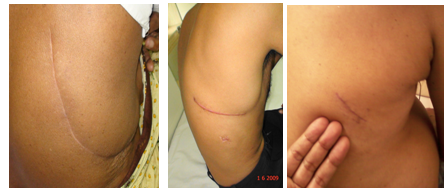
Presently, we favour the use of endoscopy for surgery. And some of these are usually performed under regional anesthesia while avoiding use of general anesthesia in certain ‘high-risk patients’.
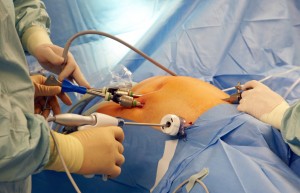
What are the costs of treatments for Chest Disease ?
Costs of treatments vary based on the type of procedures performed. Chest Endoscopy and/or Surgery procedures are highly specialised and complicated ‘high-risk’ procedures . They involve high quality equipments and costly lung ‘staplers’. Quality does come at a price.
However, or ‘Minimally Invasive’ and ‘Minimal-Access’ techniques, ensure that the patients spend very less time in the ICU and the hospital. This avoids need of patients being on artificial ventilation and on high-grade antibiotics thereby decreasing costs of hospitalisation. No patient has however, never been refused a treatment for economic reasons.




